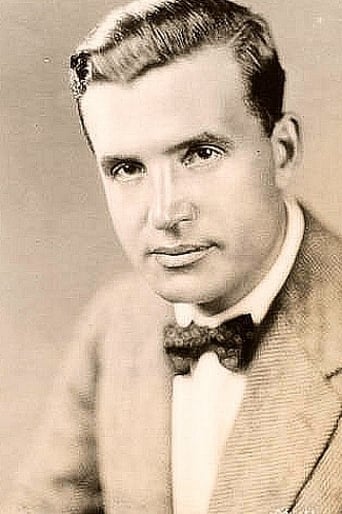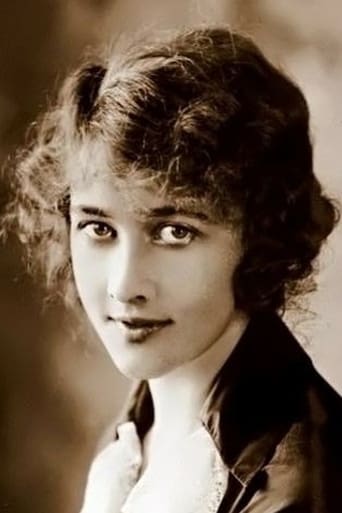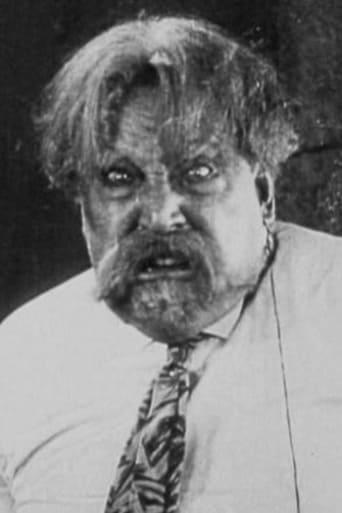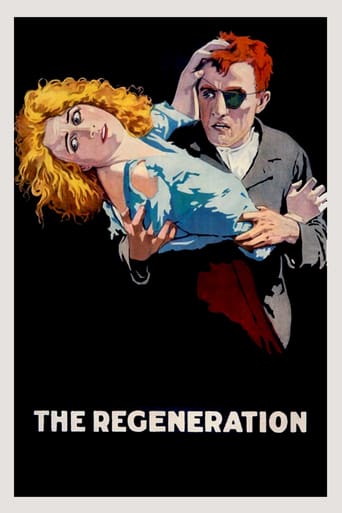
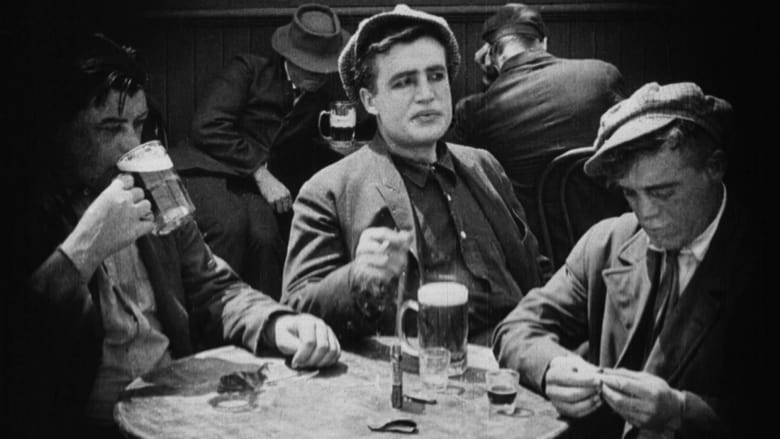
The Regeneration (1915)
At 10 years old, Owen becomes a ragged orphan when his mother dies. Abusive next-door neighbors the Conways take him in, and by 17, Owen has learned that might is right. At 25, he's a career gangster: loitering, gambling and drinking in dens of iniquity. Marie Deering arrives in Owen's area, eager to empower the impoverished, gang-affiliated youth through education. Owen slowly but surely leaves his old life behind, choosing the narrow path- all the while falling in love with Marie. Skinny, who's taken over Owen's role in the gang, reappears to him, spelling trouble.
Watch Trailer
Cast


Reviews
Excellent, Without a doubt!!
This is one of the best movies I’ve seen in a very long time. You have to go and see this on the big screen.
One of the best movies of the year! Incredible from the beginning to the end.
Through painfully honest and emotional moments, the movie becomes irresistibly relatable
Raule the Director was definitely affected by the terrible tragedy of the Excursion Ship The General Slocum that burned with great loss of life in the East River of NYC in 1904 This film's riverboat seen is directly linked to the disaster of the excursion steamship General Slocum 6/15/1904 along the East River NYC.Over 1000, mostly women and children, lost their lives due to criminal negligence. At the time of the making of this movie the tragedy was still fresh in the minds of most Americans. People may want to examine info available about this tragedy on the internet. It was NYC's largest loss of life in one event until the 9/11 tragedy.
What a super movie - it had thrills, suspense and a very surprising finish, you have to keep reminding yourself it is over 96 years old!!! Anna Q. Nilsson may well have been one of the first film stars to freelance. She was a beautiful Swedish actress who had been working at Kalem for four years. Unfortunately her salary had not increased (much) and she had just divorced her husband who happened to be Kalem's leading actor.Raoul Walsh esteemed her talents as an actress enough for him to cast her in "Regeneration", his first major directorial assignment and a sensational crime movie based on Owen Kildare's popular play, "My Mamie Rose", which was said to be autobiographical. Walsh, a disciple of D.W. Griffiths, may even have surpassed his master in some of the scenes from this movie. The crowd scenes at Grogans captured the color and vibrancy of the city's melting pot of people. Outside of a few scenes in a Bowery mission it was all filmed on the streets of New York, including scenes on the Hudson River.The film begins with young Owen, due to the death of his mother, being taken in by his neighbours, the Conways, a rough couple who soon familiarize Owen with tough, unforgiving tenement life. Owen (Rockcliffe Fellows) is eventually hardened to the "might is right" way of the streets and by his mid twenties is the leader of a tough street gang. The new D.A. vows to stamp out the gangsters but bows to pressure from butterfly socialite Marie (Nilsson) who longs to see a gangster close up. He takes her to Grogans, the local gangster haunt but is involved in a scuffle and Marie's real distress catches Owen's attention. He breaks up the fight but the incident awakens Marie's better self and she soon finds herself running a settlement house in the heart of the gangster district. The day everyone looks forward to is the annual treat, a day of pleasure on a large boat. The fire on board the boat showed Walsh's superb handling of crowds - people madly running everywhere, the plunging into the river, the frantic scramble to get to a boat that eventually collapses through overloading and the end title that declares "All the kiddies were saved"!!! Apparently Walsh hired thugs from Hell's Kitchen to round up some extras from the Bowery and when there weren't enough women he offered some men extra money to dress up as women and it made for a vivid and realistic sequence when they all jumped into the water. William Fox was so impressed that he raised Walsh's salary to $800 a week!!There is even a graphic (for 1915) scene of drug use. A woman flees to the settlement begging that someone rescue her baby from the dwelling she shares with her drug addicted husband. Owen, who is not involved with the settlement, is deemed the man for the job and when he goes to the room and finds the man in a groggy state, by rescuing the baby his salvation begins. Children are symbols of innocence and purity - Owen, as a child, was seen as a loving little boy who was corrupted by the adult couple who took him in and in the fire sequence, Owen runs back to the boat to save two little girls. Griffith's influence is seen in the pathos, when Marie realises Owen has secretly helped a friend, "Skinny", to avoid a serious charge although in Owen's favour, he wants nothing more to do with "Skinny" - it was as a favour to repay a childhood debt.Interspersed between a brutal near rape scene are various Griffith inspired titles, very flowery, some with biblical quotations.
Monday, October 25, 7pm, The Paramount, Seattle"She made of my life a changed thing and never can it be the same again!" An orphan (Rockcliffe Fellowes) grows up on streets of New York's Lower East Side and becomes the leader of a violent criminal gang. A social worker (Anna Q. Nillsson) turns his head and saves him from his immoral ways, but the past won't let him go.A glowing tribute to the Settlement House Movement, Regeneration is based on My Mamie Rose, the autobiography of Bowery Boy Owen Kildare. While D. W. Griffith's The Musketeers of Pig Alley (1912) is generally considered the dawn of the gangster film genre, Regeneration is the first of the feature era. Director Raoul Walsh firmly established the start of his half-century career with this influential film, produced by Fox Film Corporation in their first year. Moonlighting Kalem Studios star Nillsson and newcomer Fellowes interact with touching realism as the kind-hearted socialite and the Fools Highway thug in this balanced tale of love, disaster and redemption.
Rather than repeat what others have written, I'd like to comment on how this film managed to get into circulation.The only known print of the film was found in the basement of a building in Montana in 1976. Preserved (and not too soon given the deterioration seen in the middle of the film), it was part of a series of films shown during the New York Film Festival representing titles which had recently (1978) been saved. I remember seeing all of them; they included Lillom (recently issued on DVD in the Murnau/Borzage box and worth seeing), and The Letter (with Jeanne Eagles, which blew everyone away). It is a miracle that films still turn up in such a manner even this late in the game. Most films from this time period have long ago turned into flammable dust (they started to deteriorate as early as the thirties), and it is particularly fortunate that "Regeneration" is now among the living. Despite its crudities, it feels like a documentary of the seedier elements of New York, and it still works its magic; it has matured very well. Given that we can see how the streets of New York really looked almost 100 years ago, the film may play better than it did back then. Most of the people in this film are not actors, they are real people, and that is what we reacted to when we saw this back in the seventies. Additionally, the film is a real window into the transitional period when the one-reeler had turned into a longer, more ambitious feature. As a first feature for Walsh, this film is really extraordinary when we consider that the tools of film-making were still crude (the comments on the editing of the film are correct. However, the abruptness plays better on the big screen). Even more, the film also reminds us that the numerous features made between 1914 and 1920 included some real gems that are gone forever, and cannot be re-evaluated. How many really good actors and directors are known in name only because their work has disappeared?I consider this one of the finest examples of an early silent feature, and one of the landmark films of the silent era. It is an illustration of how the director of that time found his or her way, made mistakes and had chances to improve. It shows how filmmakers were taking the vocabulary used by Griffith and some European filmmakers to expand the techniques of storytelling to hold an audience's interest for an hour's worth of entertainment.A must-see if you are interested in silent films.


